This house is
YOU.






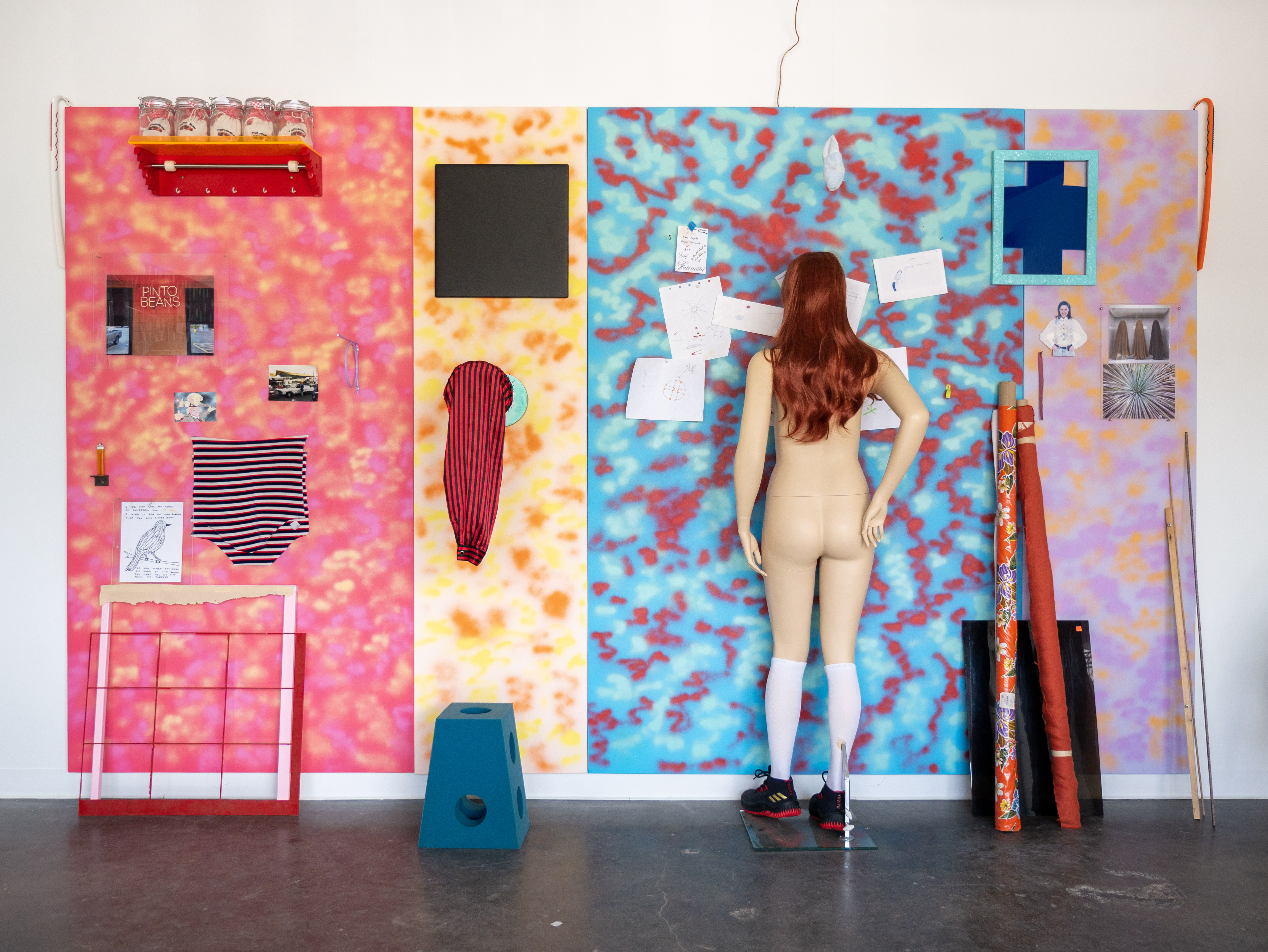
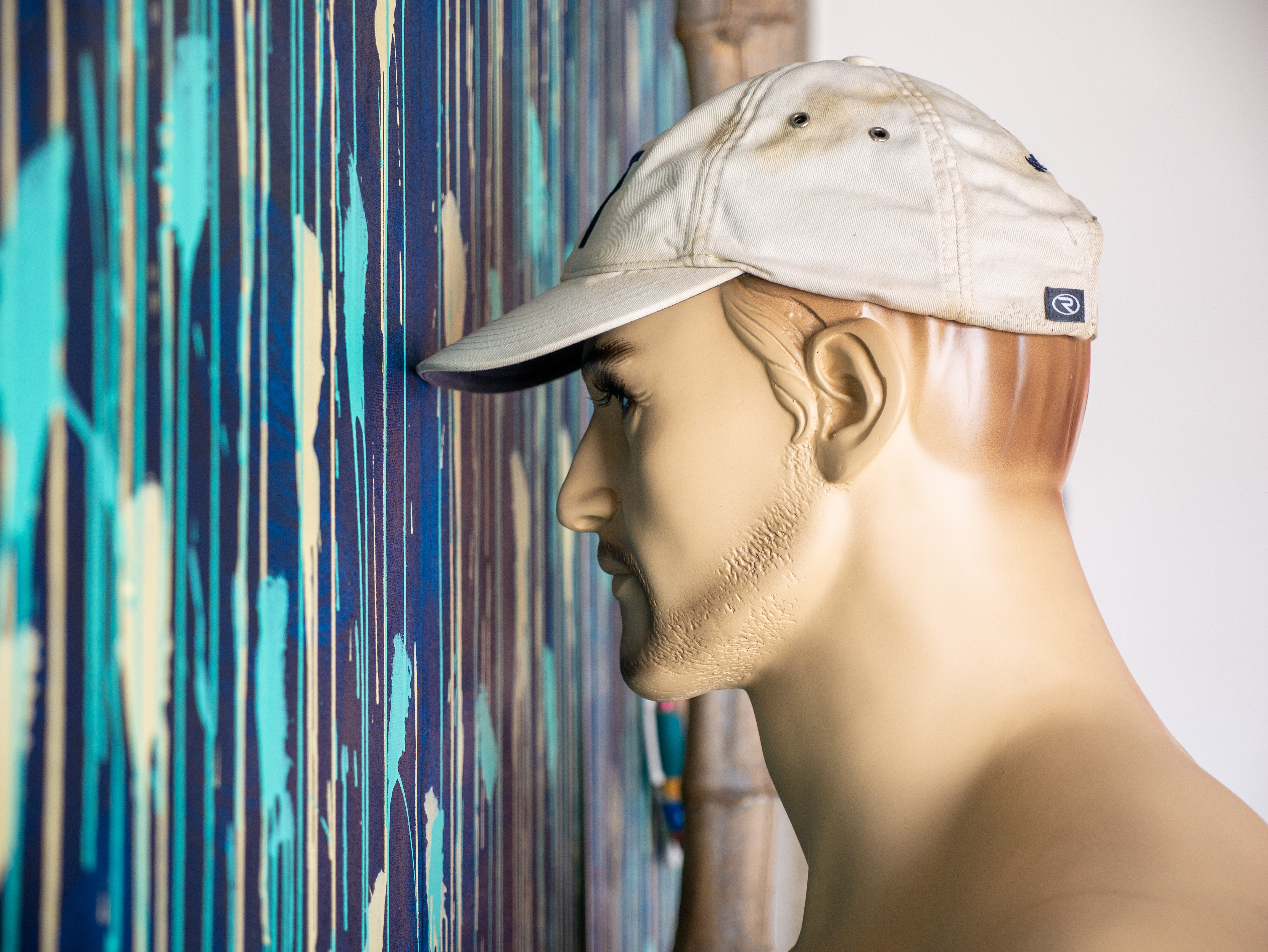
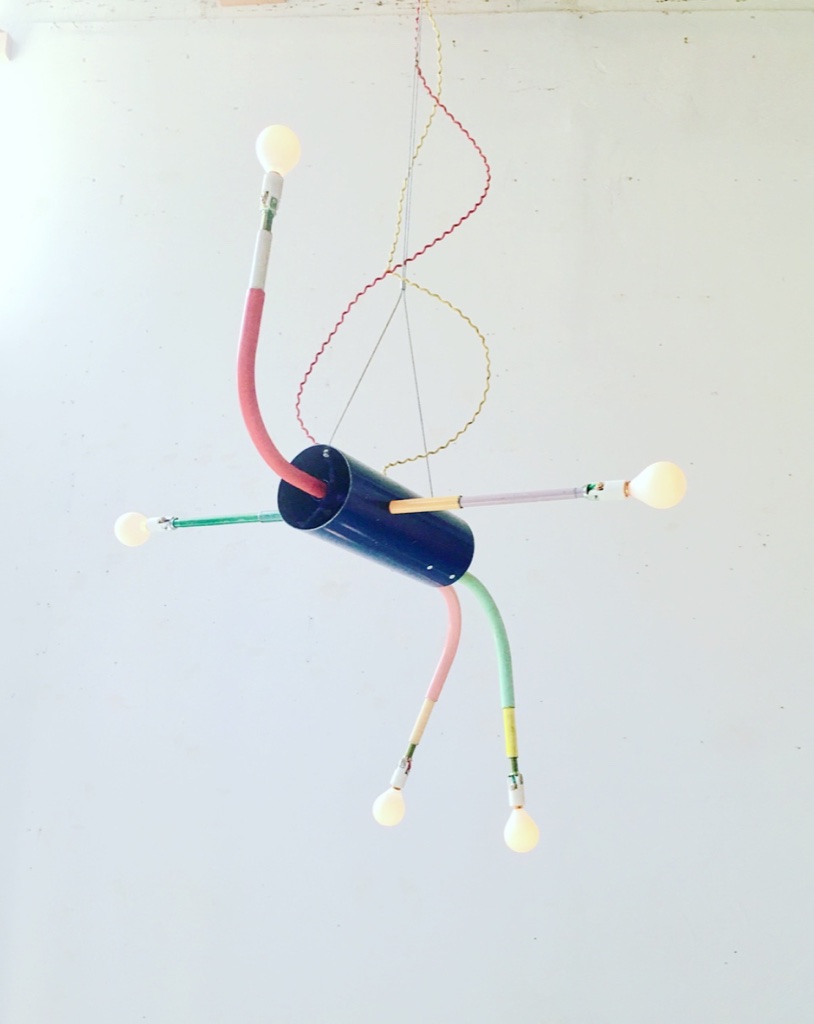
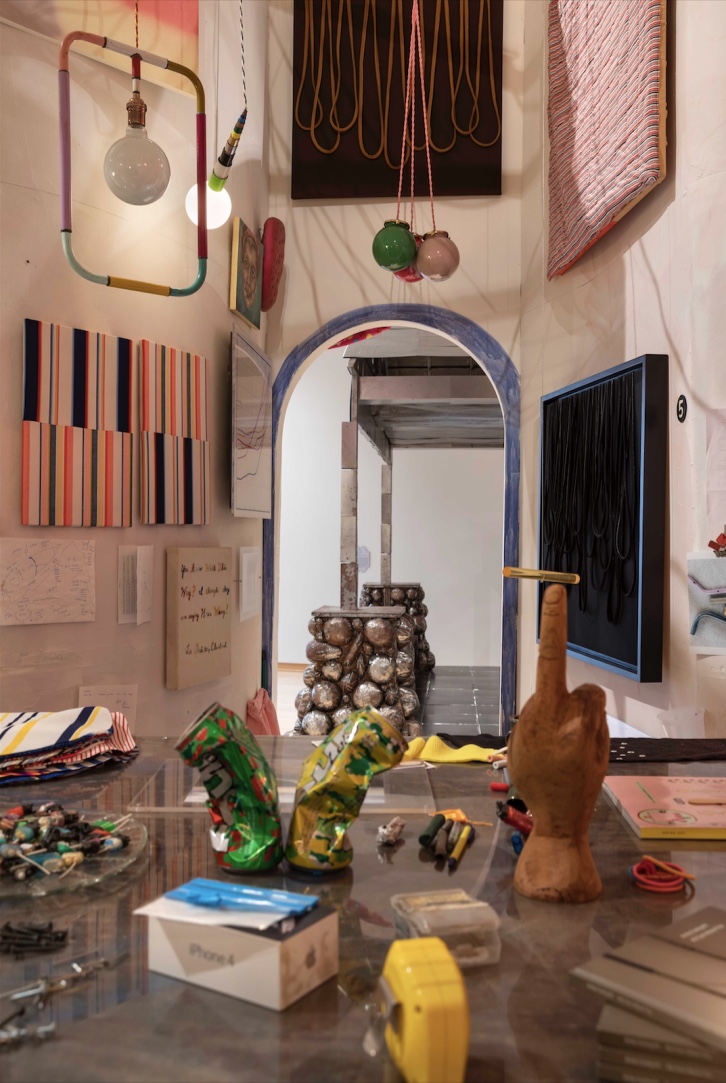

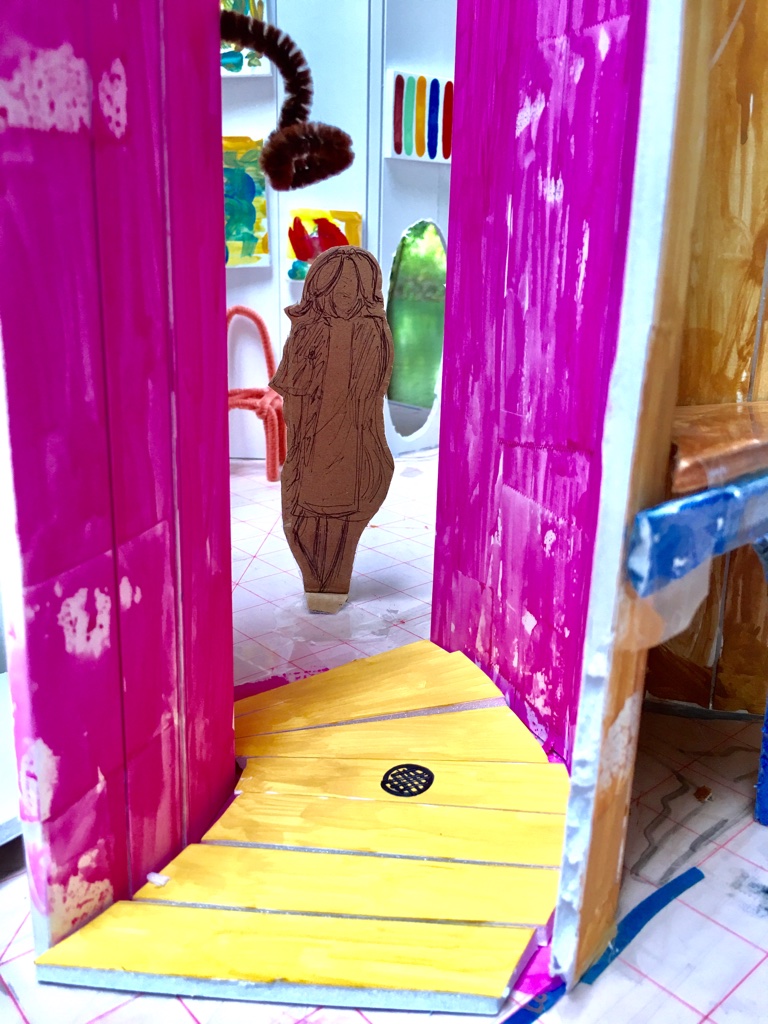


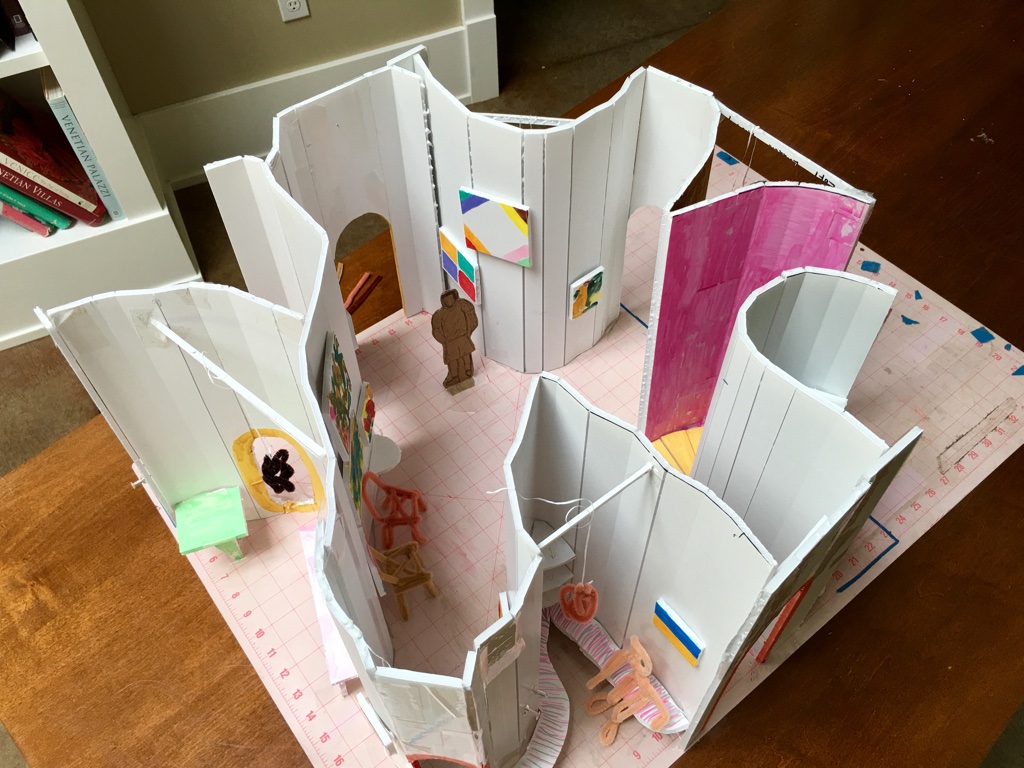

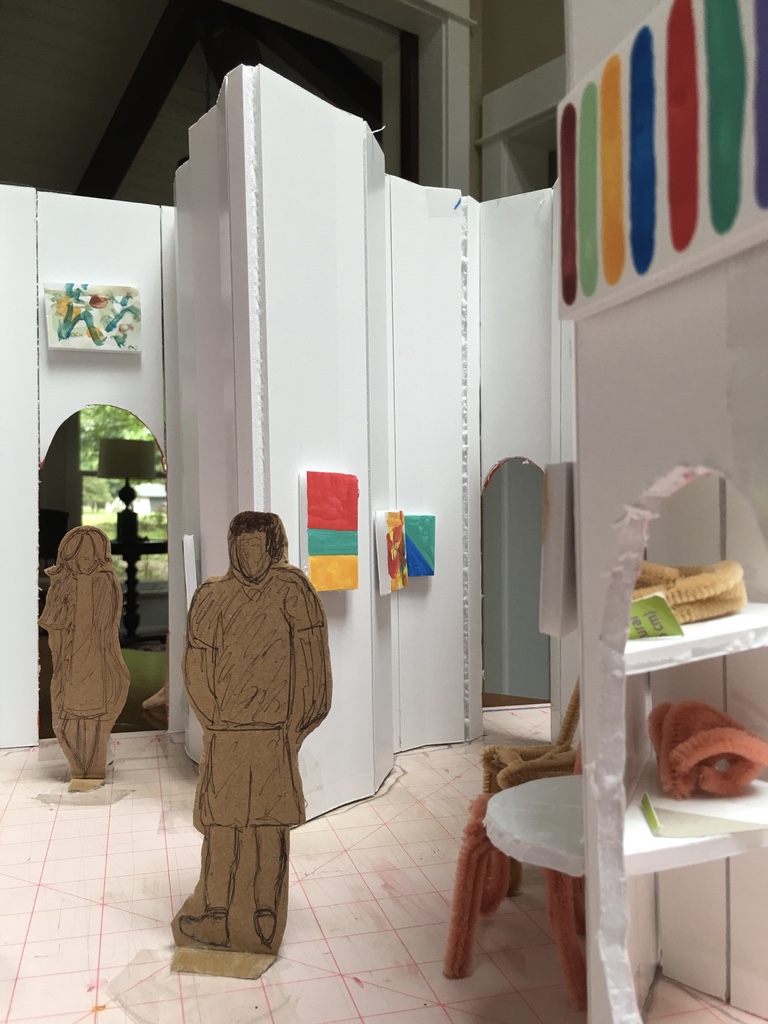






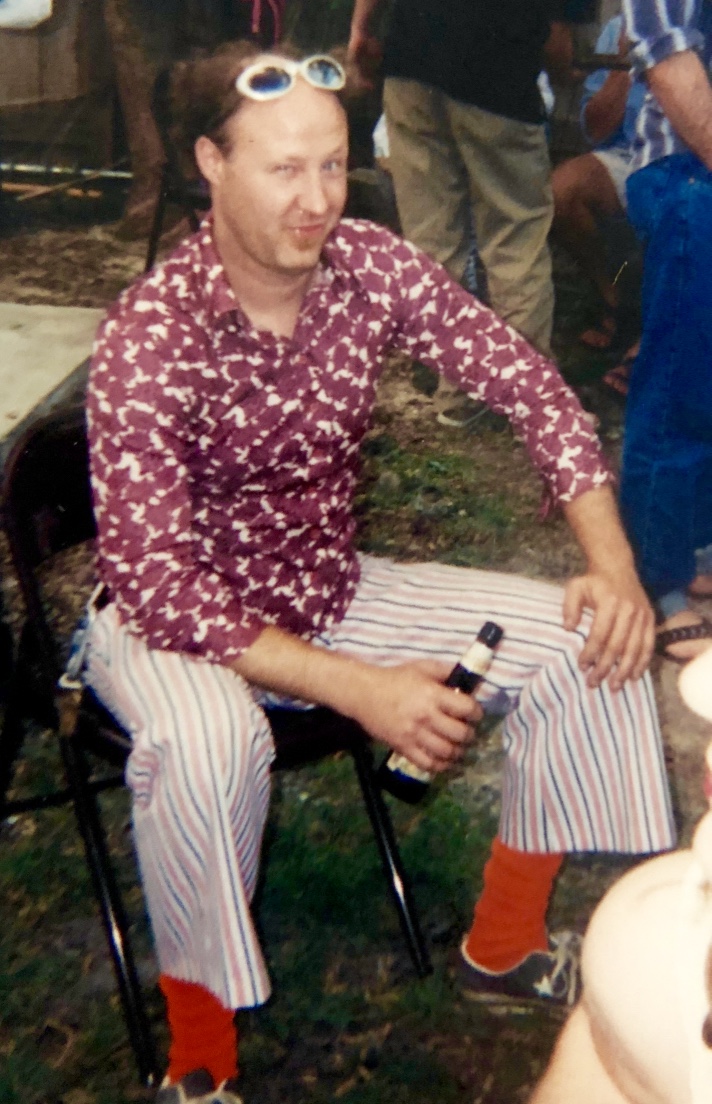
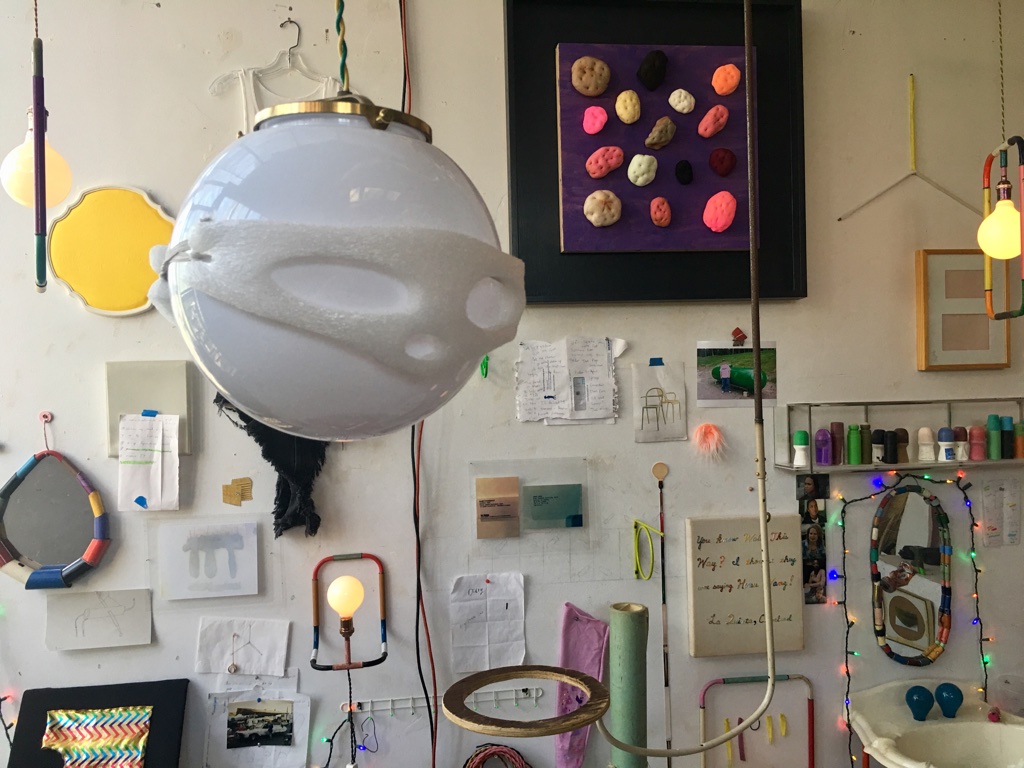
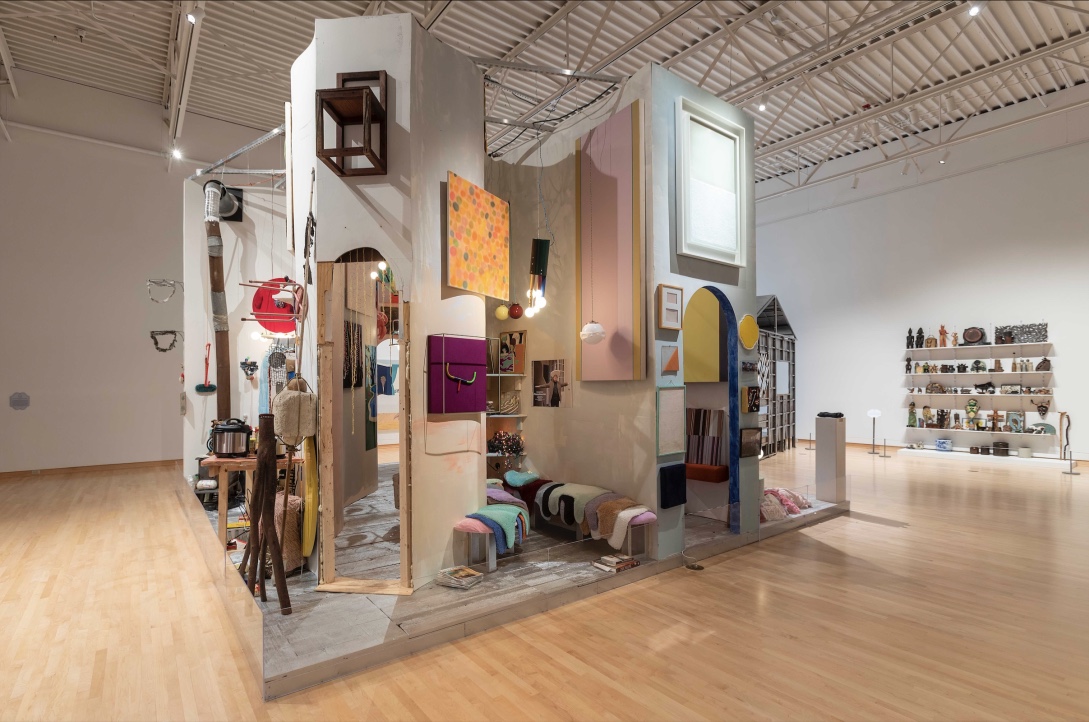
A
note to the reader:
As a writer, editor and appreciator of good, interesting and challenging architecture and design, over the years I have had the great pleasure of experiencing many different kinds of houses under circumstances both personal and professional. Andy Coolquitt’s house (or Andy’s Place as it’s known at once more and less formally) is not one of them. Don’t misunderstand. I am not saying that I did not enjoy visiting Andy’s Place; I am saying that I have yet to actually set foot in it. Though I have plans to remedy this soon. Writing about a house that I have not seen in person goes against everything that was beaten into me during my years at The New York Times. Right up there with profiling a person you didn’t in fact interview. So I guess this would be a good time to also point out that I have never personally met Andy, though I live with![]() which should hopefully count for something. I
have, on the other hand, corresponded with Andy at some length, most recently
for this testsite project. Chances are good, he informed me before he
graciously recounted his life story, that
if you are reading this, that you are already familiar with Andy and his ideas
about how a house works.
which should hopefully count for something. I
have, on the other hand, corresponded with Andy at some length, most recently
for this testsite project. Chances are good, he informed me before he
graciously recounted his life story, that
if you are reading this, that you are already familiar with Andy and his ideas
about how a house works.
Which means that you know Andy far better than I do. And, as Andy seems to be a very affable guy (on the phone and via email anyway), you have probably even been to Andy’s house on more than one occasion.
(Now that we’ve gotten that bit of business out of the way.)
January 23, 2020
Hey Andy,
Hope you are well. Have you seen much of your![]()
You may be interested/vaguely horrified/not in the least bit surprised to learn that there are now real estate agents, in New York City, who cater specifically to the creative class—or those who fancy themselves members of the creative class. I know this because I met such a person the other night at an opening in Chelsea. The show was curated by Omar Sosa, one of the founding![]() crew (maybe you guys are already in
touch?), and was ostensibly all about Comfort, but ultimately inspired the
exact opposite feeling. Many of the tasty items (to steal a term from Ford
Wheeler — a little more on him later) brought together for the occasion
certainly looked comfortable enough (a hammock strewn with pillows by the
design duo Bless, and an island of foam draped in a parachute by John
Chamberlain beckoned one to lay down and take a nap), but more than a few
elicited a distinct feeling of unease—physically
comfortable, perhaps but visually or psychologically uncomfortable, or just plain off-putting on all fronts. The general sensation of discomfort was dialed up even further by
the synthetic yellow wall-to-wall carpeting and the matching
yellow walls which a few guests commented reminded them of
crew (maybe you guys are already in
touch?), and was ostensibly all about Comfort, but ultimately inspired the
exact opposite feeling. Many of the tasty items (to steal a term from Ford
Wheeler — a little more on him later) brought together for the occasion
certainly looked comfortable enough (a hammock strewn with pillows by the
design duo Bless, and an island of foam draped in a parachute by John
Chamberlain beckoned one to lay down and take a nap), but more than a few
elicited a distinct feeling of unease—physically
comfortable, perhaps but visually or psychologically uncomfortable, or just plain off-putting on all fronts. The general sensation of discomfort was dialed up even further by
the synthetic yellow wall-to-wall carpeting and the matching
yellow walls which a few guests commented reminded them of ![]() total do-over of the John Pawson Calvin Klein store on Madison Avenue, and
prompted one in particular to ask: “Is it me or does everyone’s hair look
purple?” I wasn’t getting that, but after a few minutes I did start to feel a
bit queasy. You had to me wonder if yellow had been an unfortunate choice for
the Calvin Klein store, which is now permanently closed.
total do-over of the John Pawson Calvin Klein store on Madison Avenue, and
prompted one in particular to ask: “Is it me or does everyone’s hair look
purple?” I wasn’t getting that, but after a few minutes I did start to feel a
bit queasy. You had to me wonder if yellow had been an unfortunate choice for
the Calvin Klein store, which is now permanently closed.
I don’t know if you will make it to NYC anytime soon, but I think it is a show you would appreciate!
Did you happen to see (or read about)![]() That
design show Jim Walrod (aka New York’s favorite
“Furniture Pimp”) curated a few years back at R&Co? “Comfort” is both an
homage and a sort of sequel to “Difficult.” (Jim, who passed away unexpectedly
in 2017 was a good friend of Omar’s and a contributor to Apartamento.) I
cribbed the following from the gallery website for your reference:
That
design show Jim Walrod (aka New York’s favorite
“Furniture Pimp”) curated a few years back at R&Co? “Comfort” is both an
homage and a sort of sequel to “Difficult.” (Jim, who passed away unexpectedly
in 2017 was a good friend of Omar’s and a contributor to Apartamento.) I
cribbed the following from the gallery website for your reference:
Back to the Real Estate Agent to Creatives. Young guy, shaved head, big glasses, coat that looked like it came from either Acne Studio or maybe Comme des Garçons. Definitely had a pitch but did not strike me as a hustler, or worse, a swindler. His premise, 100 percent genuine as far as I could tell, was that when it came to matching up people and places, the traditional grails of real estate—natural light, closets, bathing facilities that are not located in the kitchen, price point—were not as important as the more subjective or intangible qualities that only a peer creative could pick up on and be trusted to read properly. Being a creative person, his argument went, he was better equipped to interpret the cues (visual, social, sartorial) that would ultimately tell you what kind of space that person was looking for—and presumably how they wanted to live.
Even as I found myself nodding in agreement, I had to wonder, that as a guy who jokes openly about that fact that people always ask him if he is![]() (he shared that info
within the first few minutes of meeting him and the answer is: no. He has a
girlfriend), he might be more sensitive to the fact that those sorts of cues
can be misleading.
(he shared that info
within the first few minutes of meeting him and the answer is: no. He has a
girlfriend), he might be more sensitive to the fact that those sorts of cues
can be misleading.
And yet, I have a feeling this guy is going to make a killing. Personally, I have been wrong, more than once, when I made assumptions about a person’s living space based on their occupation, or code of dress. (It was particularly awkward when you asked to see someone’s place on the pretense of featuring it in the New York Times only to realize there wasn’t much of a story there.) But my track record improves somewhat when the narrative is flipped. When people talk about their place of residence, they are really talking about themselves. A house is an open book. I like the way Witold Rybczynski puts it in “The World of Apartamento” (of which you will soon be a part): home’s decor is like a diary in 3 dimensions of the passing of years, a record of the way its occupants choose to live, their obsessions and dreams, the eccentric paraphernalia of their everyday lives. Perhaps a good argument for why front doors and diaries are equipped with locks.
For many years it was my job to think about (and write about and assign other writers to write about) the way we occupy and impose ourselves on space. What I hadn’t really considered all that much, is the way that space imposes itself on us. The way it manipulates our behavior. Subtly and not so subtly. You talked about gatherings at your place that got a little, er, out of hand. And it quite possibly occurred to you that your place by design invites that sort of behavior. As the product of exuberant, largely unscripted social interaction, it also encourages it.
I mentioned a couple of houses or apartments I’ve seen over the years and what they reveal about their owners or occupants. Some are well known, others, less so. I’ve added a few more in no particular order.
Klaus Beisenbach’s former New York City Apartment. Literally an empty white box.
![]() 1 Andrea Zittel’s live/work compound in Joshua Tree, CA. I think of the pioneers and the lengths some of
them probably went to just to create a semblance of order in the wildness.
1 Andrea Zittel’s live/work compound in Joshua Tree, CA. I think of the pioneers and the lengths some of
them probably went to just to create a semblance of order in the wildness.
![]() 2 in Chiang mai, Thailand. No surprise here that one of the
most salient design features is a conversation pit.
2 in Chiang mai, Thailand. No surprise here that one of the
most salient design features is a conversation pit.
![]() 3 (Enter the building
through the hardware store. Enough said on that.)
3 (Enter the building
through the hardware store. Enough said on that.)
101 Spring Street, Donald Judd building in Soho. (Haven’t you always wanted to sleep on the platform bed on the top floor, in front of the enormous Flavin? I know I have.)
Andy Stillpass’s house in Cincinnati Ohio where artists are given the run of the place. No joke: he let Karen Kilimnik scrawl the words “Political Piggy” in red paint on an exterior wall.
Jill and Peter Krauss’s property in Dutchess County which was designed by Michael Van Valkenburgh and Brad Cloepfil, the latter of whom notes:
Ford Wheeler’s house in Dairyland, New York which he designed to look like a farmhouse that had been added on to over the years. Ford is a production designer. He was very in control of the mise en scene here.
Hunk and Moo Anderson’s ranch house in Atherton California (before they bequeathed their art collection to Stanford).
David Armstrong’s somewhat charmingly dilapidated townhouse in Bed Stuy, which even my then 3 year-old daughter perceptively clocked as “nervous.”
Then there is my own house. Prefabricated. All boxes and internal logic. Pretty much the exact opposite of your own work in perpetual progress. Functional spaces, I have learned, give me comfort. I am also on some deep level, it seems, mindful of resale value. But I have managed to create some moments of eccentricity with the decor. By the way, I am not sure if I mentioned this but per your suggestion, I had the light fixture lowered so it hangs in a better relationship to the table. Of course, being completely useless when it comes to such things, I had to hire an electrician. He charged me $300! I should have just invited you up to CT for the weekend. You would no doubt think it could stand to drop a few more inches still.
For your testsite project, I had initially assumed that you would make some work, or bring some existing work (a light fixture perhaps), and install it in one of the public rooms of Laurence’s house. Which, I understand, is exactly what some of the invited artists who came before you have done. So it confused me to no end, when you started emailing random photos from your residencies. The bathtub? The dishwasher? The unmade bed and the floor strewn with a week’s worth of your laundry? What could be so darn fascinating about an empty picture hook? Was it an act of carelessness? Indecision? An opportunity?
I didn’t get it at first. Like, really didn’t get it. But what is confusion if not a tactic of engagement? Then you started to talk about the actual testsite gatherings. People from the local creative community excited to come together but at the same time forced into awkward negotiations in a home that somewhat unwillingly found itself pressed into temporary service as a gallery. The Pot-luck? The booties? The karaoke about the dimmers and the switches?
You made the house your project. (In retrospect, well, duh.) Revealed it as a place not just for looking, but for living. You concocted any number of excuses for this: a birthday party for the renovation; a toast to Postmodernism. I have over the past several weeks come to think of it as a coming out party for the house. (Time to open the closets!) But allowing the house be a house is also, of course, a way of imposing yourself on the space. Giving it some much needed Andy-ness. Seems like we could all benefit some of that!
Looking forward to meeting you in Austin, and to my first taste of![]()
- Alix
As a writer, editor and appreciator of good, interesting and challenging architecture and design, over the years I have had the great pleasure of experiencing many different kinds of houses under circumstances both personal and professional. Andy Coolquitt’s house (or Andy’s Place as it’s known at once more and less formally) is not one of them. Don’t misunderstand. I am not saying that I did not enjoy visiting Andy’s Place; I am saying that I have yet to actually set foot in it. Though I have plans to remedy this soon. Writing about a house that I have not seen in person goes against everything that was beaten into me during my years at The New York Times. Right up there with profiling a person you didn’t in fact interview. So I guess this would be a good time to also point out that I have never personally met Andy, though I live with
one of his light fixtures

Which means that you know Andy far better than I do. And, as Andy seems to be a very affable guy (on the phone and via email anyway), you have probably even been to Andy’s house on more than one occasion.
(Now that we’ve gotten that bit of business out of the way.)
January 23, 2020
Hey Andy,
Hope you are well. Have you seen much of your
fox(y) friend?

You may be interested/vaguely horrified/not in the least bit surprised to learn that there are now real estate agents, in New York City, who cater specifically to the creative class—or those who fancy themselves members of the creative class. I know this because I met such a person the other night at an opening in Chelsea. The show was curated by Omar Sosa, one of the founding
Apartamento

Sterling Ruby’s
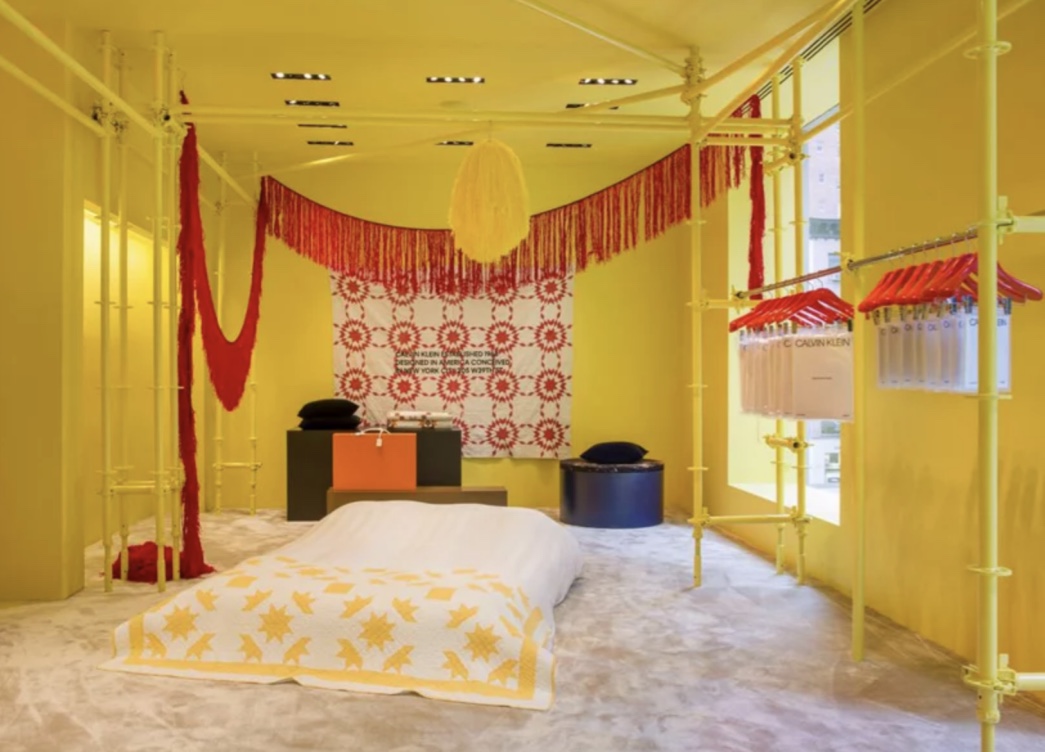
I don’t know if you will make it to NYC anytime soon, but I think it is a show you would appreciate!
Did you happen to see (or read about)
“Difficult”?

“As early as 1944, T.H. Robsjohn-Gibbings’ book Goodbye, Mr. Chippendale offered a mocking view of modern furniture and, as the modernist movement gained momentum and influence throughout the next few decades, a secondary narrative was built alongside it, reflecting the reactions of those who found it overly uptight, futuristic, strange, uncomfortable and downright difficult.”
Jim had a thing for design that was hard to live with, and he had a special place in his heart for Postmodernism. A lot of the stuff in the show, including a certain Robert Venturi Chippendale chair, was on loan from his apartment. (Jim had the matching Queen Anne version, too, let you envision him sitting on the floor.) I don’t think you and I got around to talking much about Postmodern design but I mention “Difficult” thinking it might somehow be relevant to Laurence’s house and by extension to your testsite project.
Anyway, I digress.
Back to the Real Estate Agent to Creatives. Young guy, shaved head, big glasses, coat that looked like it came from either Acne Studio or maybe Comme des Garçons. Definitely had a pitch but did not strike me as a hustler, or worse, a swindler. His premise, 100 percent genuine as far as I could tell, was that when it came to matching up people and places, the traditional grails of real estate—natural light, closets, bathing facilities that are not located in the kitchen, price point—were not as important as the more subjective or intangible qualities that only a peer creative could pick up on and be trusted to read properly. Being a creative person, his argument went, he was better equipped to interpret the cues (visual, social, sartorial) that would ultimately tell you what kind of space that person was looking for—and presumably how they wanted to live.
Even as I found myself nodding in agreement, I had to wonder, that as a guy who jokes openly about that fact that people always ask him if he is
gay

And yet, I have a feeling this guy is going to make a killing. Personally, I have been wrong, more than once, when I made assumptions about a person’s living space based on their occupation, or code of dress. (It was particularly awkward when you asked to see someone’s place on the pretense of featuring it in the New York Times only to realize there wasn’t much of a story there.) But my track record improves somewhat when the narrative is flipped. When people talk about their place of residence, they are really talking about themselves. A house is an open book. I like the way Witold Rybczynski puts it in “The World of Apartamento” (of which you will soon be a part): home’s decor is like a diary in 3 dimensions of the passing of years, a record of the way its occupants choose to live, their obsessions and dreams, the eccentric paraphernalia of their everyday lives. Perhaps a good argument for why front doors and diaries are equipped with locks.
For many years it was my job to think about (and write about and assign other writers to write about) the way we occupy and impose ourselves on space. What I hadn’t really considered all that much, is the way that space imposes itself on us. The way it manipulates our behavior. Subtly and not so subtly. You talked about gatherings at your place that got a little, er, out of hand. And it quite possibly occurred to you that your place by design invites that sort of behavior. As the product of exuberant, largely unscripted social interaction, it also encourages it.
I mentioned a couple of houses or apartments I’ve seen over the years and what they reveal about their owners or occupants. Some are well known, others, less so. I’ve added a few more in no particular order.
Klaus Beisenbach’s former New York City Apartment. Literally an empty white box.
“Normally I have to make so many decisions about the tone of white and the tone of gray. And should this be a half an inch higher, and to the left? So I actually think this space is about making no decisions.”
A-Z West,

“Sometimes I feel that I have a harder time ‘being’ than most people. When I know what I’m going to do, and there is a routine and all the parts are there, I feel so much happier.”
Rirkrit
Tiravanija’s house

“The success of this house is that it’s like a big couch. Thai houses are like that. You can sit anywhere. Everything is like a patio, one big lounge.”
Jim Walrod’s apartment in Chinatown.

101 Spring Street, Donald Judd building in Soho. (Haven’t you always wanted to sleep on the platform bed on the top floor, in front of the enormous Flavin? I know I have.)
Andy Stillpass’s house in Cincinnati Ohio where artists are given the run of the place. No joke: he let Karen Kilimnik scrawl the words “Political Piggy” in red paint on an exterior wall.
"Real art experiences should make you creative, too, right?"
Jill and Peter Krauss’s property in Dutchess County which was designed by Michael Van Valkenburgh and Brad Cloepfil, the latter of whom notes:
“I mean, these are people who have an eyeball in their fireplace. How many clients can you say that about?”
Ford Wheeler’s house in Dairyland, New York which he designed to look like a farmhouse that had been added on to over the years. Ford is a production designer. He was very in control of the mise en scene here.
“Collecting is kind of like drugs for some people. It can be hard to determine when it is just too much.” (Okay, somewhat in control.)
Hunk and Moo Anderson’s ranch house in Atherton California (before they bequeathed their art collection to Stanford).
“When the Andersons bought their prized Pollock in 1970, they hung it over their daughter’s bed, because, as Moo says, “we had an empty space on the wall.”
David Armstrong’s somewhat charmingly dilapidated townhouse in Bed Stuy, which even my then 3 year-old daughter perceptively clocked as “nervous.”
Then there is my own house. Prefabricated. All boxes and internal logic. Pretty much the exact opposite of your own work in perpetual progress. Functional spaces, I have learned, give me comfort. I am also on some deep level, it seems, mindful of resale value. But I have managed to create some moments of eccentricity with the decor. By the way, I am not sure if I mentioned this but per your suggestion, I had the light fixture lowered so it hangs in a better relationship to the table. Of course, being completely useless when it comes to such things, I had to hire an electrician. He charged me $300! I should have just invited you up to CT for the weekend. You would no doubt think it could stand to drop a few more inches still.
For your testsite project, I had initially assumed that you would make some work, or bring some existing work (a light fixture perhaps), and install it in one of the public rooms of Laurence’s house. Which, I understand, is exactly what some of the invited artists who came before you have done. So it confused me to no end, when you started emailing random photos from your residencies. The bathtub? The dishwasher? The unmade bed and the floor strewn with a week’s worth of your laundry? What could be so darn fascinating about an empty picture hook? Was it an act of carelessness? Indecision? An opportunity?
I didn’t get it at first. Like, really didn’t get it. But what is confusion if not a tactic of engagement? Then you started to talk about the actual testsite gatherings. People from the local creative community excited to come together but at the same time forced into awkward negotiations in a home that somewhat unwillingly found itself pressed into temporary service as a gallery. The Pot-luck? The booties? The karaoke about the dimmers and the switches?
You made the house your project. (In retrospect, well, duh.) Revealed it as a place not just for looking, but for living. You concocted any number of excuses for this: a birthday party for the renovation; a toast to Postmodernism. I have over the past several weeks come to think of it as a coming out party for the house. (Time to open the closets!) But allowing the house be a house is also, of course, a way of imposing yourself on the space. Giving it some much needed Andy-ness. Seems like we could all benefit some of that!
Looking forward to meeting you in Austin, and to my first taste of
King’s Ranch Casserole.

- Alix
1 Photo: Ryan Lowry
2 Photo: Jason Schmidt
3 Photo: Jeremy Liebman
2 Photo: Jason Schmidt
3 Photo: Jeremy Liebman